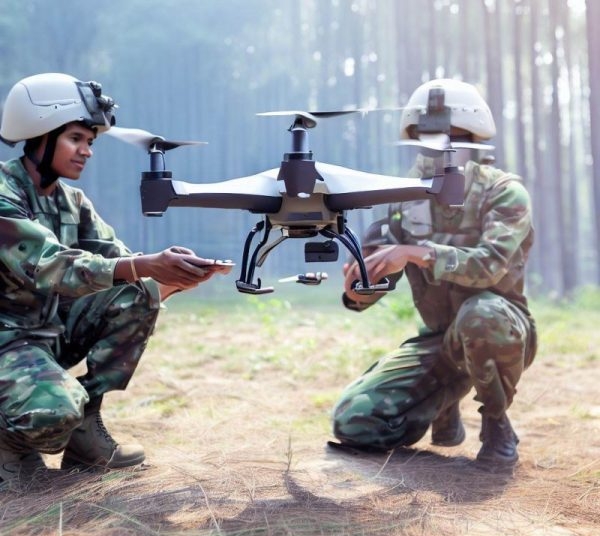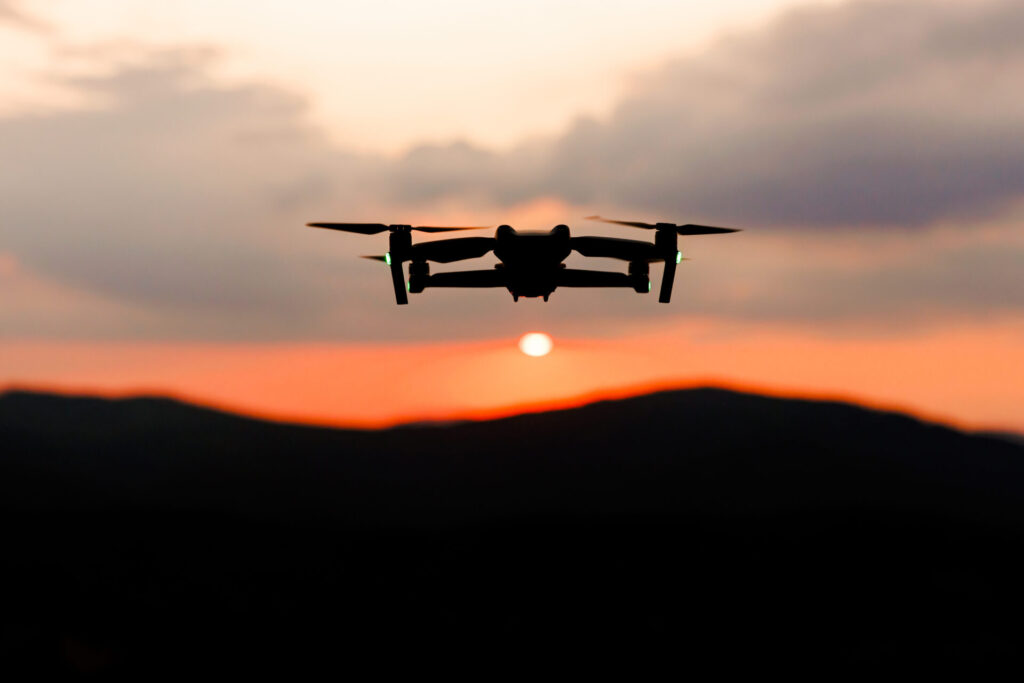In a radical change, the U.S. The Army is modernizing the way it trains soldiers for modern warfare. Soldiers from the 2nd Brigade warfare Team are against an unusual foe called “Geronimo” at the Joint Readiness Training Center in Fort Johnson, Louisiana. This illustrates the effectiveness of inexpensive resources in modern warfare situations.

Photo from Google
The Rise of Geronimo – Low-Cost Technology Dominates Warfare Training
At Fort Johnson’s Joint Readiness Training Center, soldiers are confronting an unconventional adversary, Geronimo, embodying a strategic shift towards low-cost technology in modern warfare training. This innovative approach challenges traditional notions of combat readiness.
General Randy George, the Army’s chief of staff, emphasizes the crucial lesson learned from Geronimo’s efficacy, pointing to the $75 faux command post signature device as a prime example of the power of inexpensive resources in military tactics. The unit’s arsenal features unconventional weaponry, from ChatGPT-generated software to bomb-deploying quadcopters, highlighting the adaptability of cost-effective solutions.
Geronimo’s ingenuity extends to modified quadcopters equipped with scanners to detect signals, providing a means to identify Army positions. Chief Warrant Officer Christian Lehr reveals Geronimo’s use of ChatGPT to develop software, showcasing the prowess of low-cost, open-source compatible technology in modern warfare training.
READ ALSO: US Boosts Military Presence In Syria Amid Regional Tensions: Reinforcements Arrive In Al-Hasakah
Fundamental Shift in Combat Readiness
This training model signifies a fundamental shift in combat readiness, as Geronimo leverages accessible technology and AI-powered programs like ChatGPT. The U.S. Army’s adoption of this efficient, cost-effective approach heralds a new era in military strategy, challenging traditional methods and embracing innovation.
Geronimo’s preference for an 80 percent solution that works 90 percent of the time over expensive alternatives resonates in military circles. This groundbreaking approach has prompted rapid adaptation by adversaries, as seen in the Third Infantry Division’s testing of a device simulating electromagnetic signatures, transported by drones or unmanned ground vehicles.
READ ALSO: U.S. Launches Precision Strikes In Iraq In Response To Militant Attacks

















































